Lithium-ion batteries: a growing risk for yacht fires?
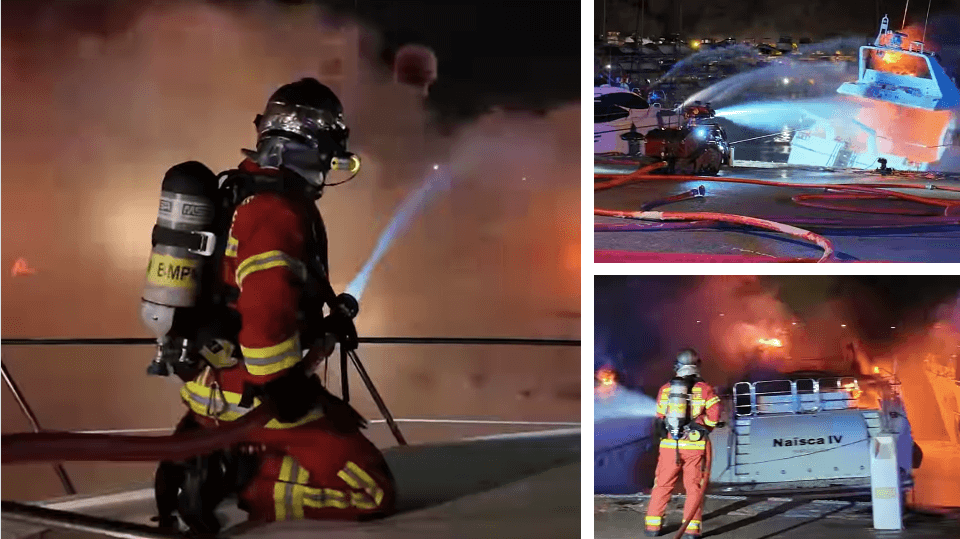 Images courtesy of marinspompiers vis Instagram
Images courtesy of marinspompiers vis Instagram
In a MIN exclusive, Philippa Langton (partner) and Jessica Slater (solicitor) in the marine team at Lester Aldridge, unpack who is responsible for fire damage onboard yachts, and ways yacht owners can mitigate against risk.
Increased usage of lithium-ion batteries aboard yachts and superyachts presents significant risk for the maritime industry and it is compounded by the rapid evolution of technology with which regulatory oversight struggles to keep apace.
On 9 January 2025, a fire broke out on board the m/y Naisca IV (watch footage below) while moored near Marseille. Initial indications are that the fire, which ultimately destroyed the Naisca IV and caused damage to two neighbouring yachts, originated from a lithium-ion battery. While efforts were made to mitigate environmental harm, the extent of the loss remains uncertain.
In this case, the extent to which fire safety protocols were followed remains unclear. However, this incident underscores the importance of (i) strict adherence to fire safety standards; (ii) insurance coverage; and (iii) ongoing training for captains and crew to understand the risks involved with lithium chemistries and cell balancing issues.
As the yachting industry grapples with the challenges posted by lithium-ion batteries, the need for enhanced regulation and proactive risk management has never been more evident.
Who is responsible for fire damage onboard yachts?
If the fire is established to have originated aboard the Naisca IV, her owners and insurers would typically be the first parties held liable for claims, subject to the facts and available evidence. These claims would encompass a wide range of losses, including:
- Damage to nearby yachts
- Wreck removal
- Marina property damage
- Environmental harm
- Personal injury claims
- Other related expenses.
Where evidence points to a defect in a lithium-ion battery, which was possibly used aboard a tender or luxury superyacht equipment (personal watercraft, e-bikes and other toys), the owners of the Naisca IV might have grounds to pursue recourse claims against manufacturers or suppliers or against surveyors or crew who failed to detect issues during inspections or maintenance. As the use of this sophisticated equipment increases, so too does the expectation of reasonable diligence in its maintenance and operation.
Will yacht owners be covered by insurance?
Yacht owners generally rely on hull insurance (to cover damage to their own yacht) and protection and indemnity insurance (to cover third-party claims).
Marine policies typically respond to fire damage claims however coverage is subject to critical conditions including:
- Seaworthiness: the yacht must be maintained in a seaworthy condition and owners are advised to maintain paperwork in order to prove this
- Policy terms: the owners must adhere to policy terms, including any warranties, such as requiring the yacht to be ‘manned at all times’
- Other exclusions: most marine insurance policies do not respond to claims arising from negligence or deliberate acts (including that of the captain and crew).
If the Naisca IV was seaworthy and compliant with her hull insurance policy (if applicable), in the first instance her owners may recover the full insured value of the yacht, subject to any applicable deductible.
The hull insurers, who will want to have been involved in investigating the incident from the outset, might then pursue subrogated claims against any third party (such as manufacturers or surveyors) who might seem to hold ultimate responsibility.
Similarly third-party liability insurance may cover damage to the nearby yachts provided no policy terms have been breached. In the absence of such coverage, the owners could face significant personal liability, particularly if their ownership structure does not afford corporate protection.
The recent increase of fires appears to be pushing up premiums for yacht owners.
Inadequate guidance and lack of legislation in place for battery systems on yachts makes it harder for insurers to manage their risk exposure.
In response, insurers have had to re-evaluate their underwriting practices and many are starting to offer loss control surveys which involve an audit of the relevant yacht by a technical expert, thereby introducing coverage subjectivities. Any related claims can result in complex and costly disputes.
Preventative measures and protection for yacht owners
Yacht owners can mitigate the risks of fire-related claims through a combination of measures.
Crew Training
Yacht owners should ensure that all crew members have received comprehensive training on the risks associated with lithium-ion batteries including the management of charging protocols and cell-balancing procedures. The risk develops over time and it is understood that the more this type of equipment is used or ages, the more it degrades and carries a higher risk of igniting.
Regulatory compliance
Over the past few years Class and Flag states have started to produce guidance notes on the use of lithium-ion batteries aboard yachts but most still appear to take a non-prescriptive approach. That’s expected to change over the next few years, resulting in a more streamlined approach. There is already an increase in guidelines on the early detection of battery degradation, with entities such as the MCA recommending battery management systems which supervise cell temperatures as well as the state of charge and health (MGN 681). Yacht owners are advised to consult with their Flag state or classification society administrators on the necessary measures if anything is unclear.
Insurance
Owners should maintain robust hull and liability insurance coverage to safeguard against potential losses and to ensure that routine checks are undertaken to confirm coverage.
Additionally, the law offers some further protection to yacht owners by permitting them to establish a limitation fund, to limit their liability based on the certified gross tonnage of the yacht, where the damage was not caused by their actual fault or privity. Similarly, the Convention on Civil Liability for Oil Pollution Damage (CLC) and other contractual agreements, may provide further opportunities to cap liability and limit their financial exposure.
Main image courtesy of marinspompiers via Instagram. The authors of this article – from Lester Aldridge – are pictured below.



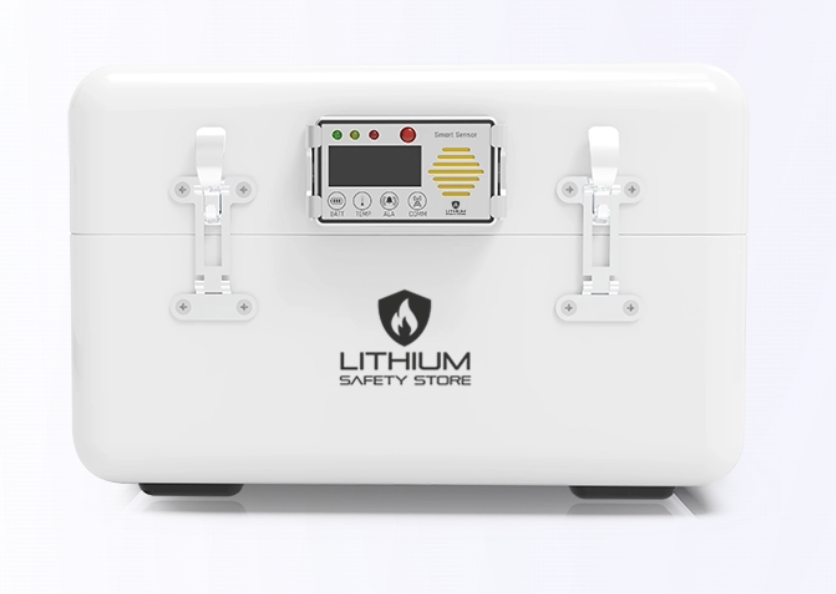


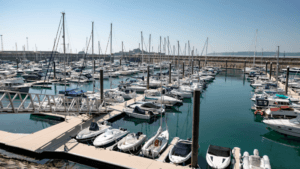
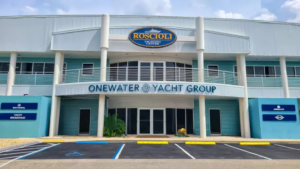
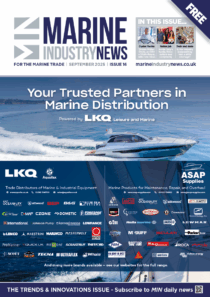






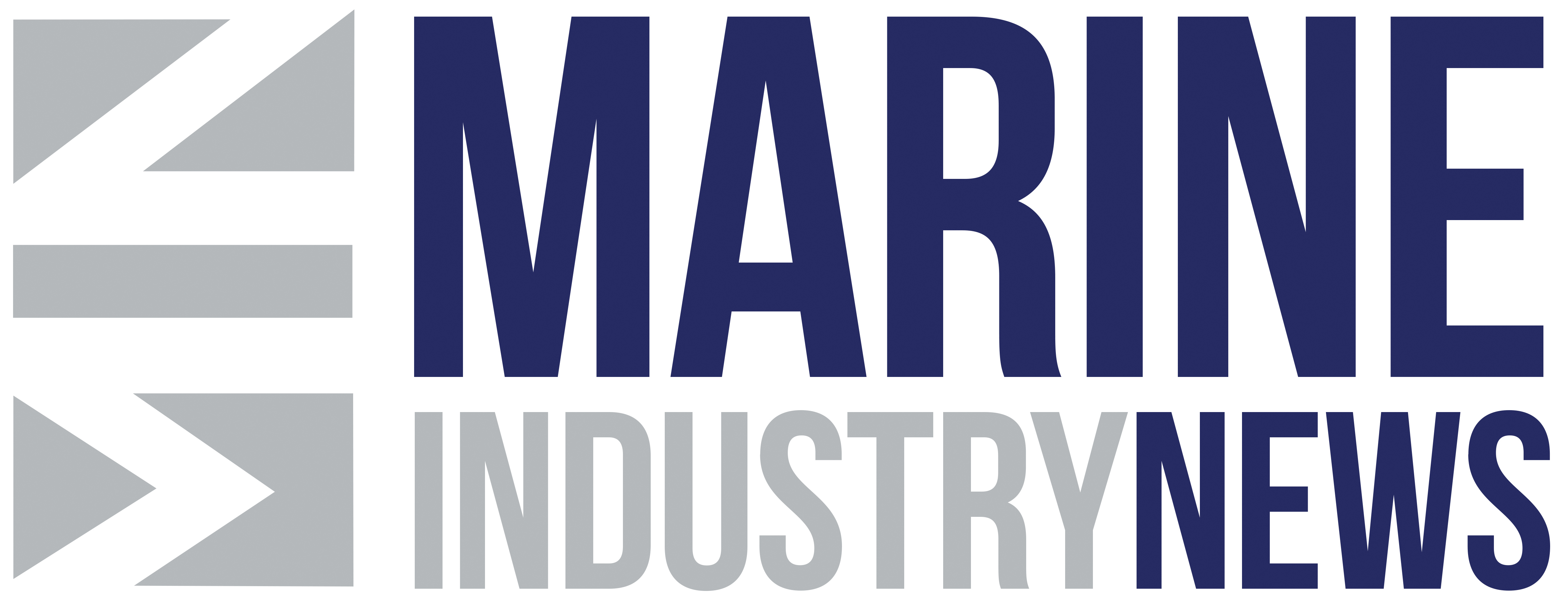
The most important fact is to have a proper installation, a high quality BMS taking care of any battery situation and crew training.
My experience unfortunatly shows the opposite, cheap products, lousy installation and no trainig at all. This is proviacative but mostly the truth.